The Last Discourse on the Merits and Demerits of Common Fabrics – Ⅲ
Published On: April 28, 2024 By: chen hui
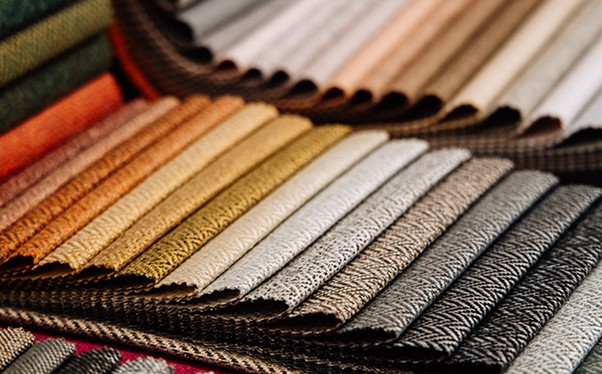
Following our exploration of the virtues and drawbacks of common fabrics in the preceding installments, we delved into the intricacies of cotton, mesh, wool, silk, and fibers. Now, Aung Crown, a manufacturer of custom hats for over two decades, embarks on the final chapter of this series, elucidating the characteristics of knitted fabrics, fur, and leather.
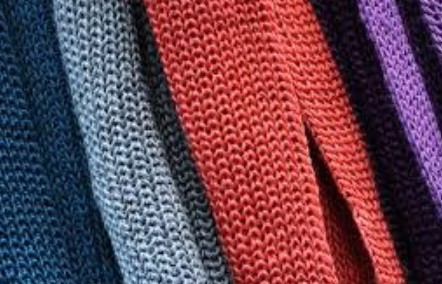
Knitted Fabric
Woven from interlocking loops of yarn, knitted fabrics boast a remarkable versatility. We shall now embark on a journey to explore their many varieties.
Undergarments crafted from knitted fabrics embrace the body with unparalleled suppleness and softness. They excel at whisking away moisture, ensuring breathability, and resisting the indignity of wrinkles.
Outerwear constructed from knitted fabrics marries remarkable durability and resistance to wear with a delightful aesthetic. A spectrum of vibrant colors adorns these garments, some boasting a touch of structured form that defies wrinkles. Remarkably, they shrink minimally and dry with haste, though poor in breathability and moisture-wicking.
1. Sorted by processed methods
When sorting by the processed methods of knitted fabric, it can be divided into 4 types: woven knitted fabric, knit fabric, nonwoven knitted fabric, and woven cotton knitted fabric.
2. Sorted by the composed woven fabrics
While sorting by the composed woven fabrics, it can be divided into plain, twill, and satin.
Plain weave cloth
The basic feature of plain weave cloth is to make lots of cross knots on the cloth, which can make the cloth stiff and more wear-resistant than other weave cloth. With high strength, the front and back sides are the same and even.
Twill weave cloth
Twill weaves are characterized by their diagonal ribs or lines on the fabric’s surface, achieved through a strategic variation in the interlacing of yarns. This method creates a fabric that occupies a middle ground between the lightness of plain weaves and the substantial weight of some heavier weaves. Twill fabrics come in two primary varieties: thin and coarse. Both utilize a 2/1 left twill weave, resulting in a texture slightly thicker and softer than plain weave cloth. The twill’s characteristic grain is more evident on the face of the fabric. They employ 1/3 left or right twill weave yielding a noticeably thicker and pleasantly lustrous cloth.
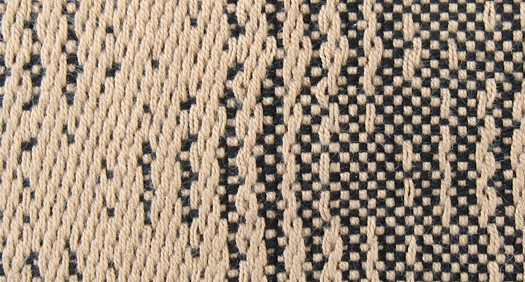
Satin weave cloth
Adopting various satin weaves and their longitude or latitude yarns that have long floating lines, covering the surface of the woven fabrics. The direction of the floating lines is smooth with luster. Cotton stain weave is soft, fine, and stretchy. The grain of satin weave cloth is much more three-dimensional than cotton twill weave.
3. Sorted by dyeing and printing
Blenching cotton cloth, dyeing cotton cloth, and printing cotton cloth.
Feature:
Great in moisture-wicking, and dyeing ability, and the shrinkage rate is about 3% (after treatment and process, the shrinkage rate of ready-made clothes is about 1%.)
Comfortable to wear, soft luster, and durable. It is great to the touch and alkali-resistant.
Poor in stretch, prone to wrinkle, and nonacid-resistant. The light resistance and heat resistance are general. Mothproof, but it’s easy to get mold and mildew invaded by microorganisms.
Other fabrics
- Woven Honeycomb Fabric: A luxurious weave characterized by extended floats in both the warp and weft yarns, creating a mesmerizing three-dimensional effect of rhombus shapes. This fabric boasts a remarkably soft texture and excels at moisture-wicking. Its substantial thickness and softness, combined with the ease of catching stitches, make it a compelling choice for various applications.
- Corduroy: A tactile delight, corduroy is a woven pile fabric crafted from cotton. It utilizes a single set of warp yarns and two sets of weft yarns in a complex weaving interplay. The ground weft and warp interlace form a sturdy base, while a separate wool weft creates a plush surface. After the plush is carefully cut and finished, resulting in various wide or thin plush strips.
- Wick Fabric: The term “Wick Fabric” isn’t commonly used in the textile industry. Fabrics are typically categorized by weave (plain, twill, satin), fiber content (cotton, polyester, etc.), or function (moisture-wicking, flame-resistant). Fabrics cannot be composed of “certain plain weaves or twill weaves and plain weaves.” A fabric is constructed using one specific weave type (plain, twill, satin) or a combination of weaves in a specific pattern. The description of “convex bar effect” and “thin grooves” might refer to a specific type of textured fabric created using a particular weave or finishing process.
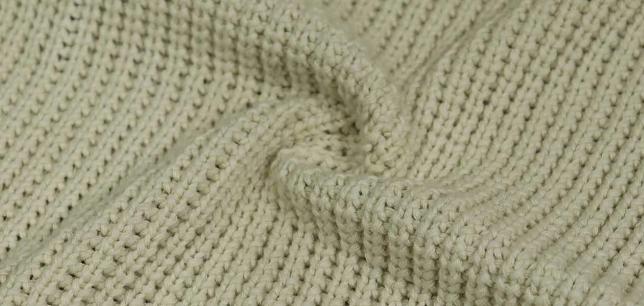
4. Knitted cotton
The distinction between woven and knitted textiles lies in their construction. Woven fabrics arise from the perpendicular interlacement of warp and weft threads. In contrast, knitted fabrics are crafted by manipulating a single strand into a series of interlocking loops, much like the hand-knit sweaters we create with needles and yarn.
Advantages:
- Possessing a luxuriously soft feel, exceptional breathability, and remarkable resistance to wrinkles.
Disadvantages:
Prone to hookers, susceptible to runs, and vulnerable to pulls. Lacks the enduring quality and abrasion resistance of woven fabrics.
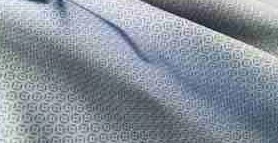
5. Chemical fiber textiles
Artificial fiber textiles
Artificial fiber textiles encompass a range of fabrics, including viscose filament and staple fibers, commonly known as rayon and artificial fabrics. These fabrics, along with viscose blend textiles, have become familiar staples in our wardrobes.
Advantages:
Synthetic fibers excel in moisture management, boasting superior wicking properties. They are delightfully soft to the touch, come in a vibrant array of colors, and offer exceptional breathability and comfort. They provide a cozy wear experience, making them a versatile choice for many applications. Additionally, certain synthetic fabrics demonstrate impressive resistance to acids, alkalis, and light.
Disadvantages:
Some synthetic fabrics can be susceptible to shrinkage, particularly at high temperatures. Their strength, elasticity, and wrinkle resistance can vary depending on the specific fiber type. Maintaining their shape may require special care, and some varieties are more prone to wrinkling than others.
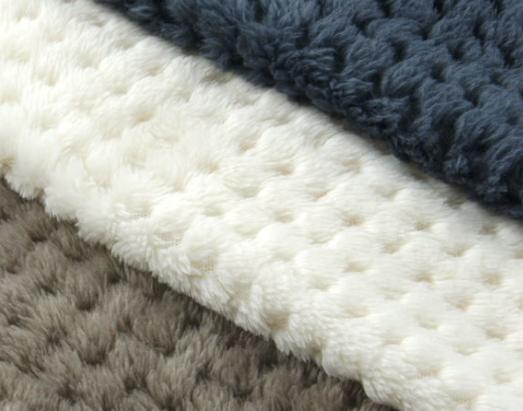
Polyester knitted fabrics
Advantages:
Polyester knits boast impressive strength and elasticity, translating to exceptional durability and resistance to wear. They are known for their easy-care nature, requiring minimal ironing and drying quickly. Additionally, these fabrics exhibit remarkable resistance to acids, alkalis, light, and even pesky moths and mildew.
Disadvantages:
While not inherently moisture-wicking, advancements in technology have produced improved moisture-managing properties in some polyester knits. However, a common drawback remains their tendency to trap sweat and create a sensation of stickiness. Additionally, polyester knits can generate static electricity, attracting dust and clinging to other fabrics.
Acrylic knitted fabrics
Advantages:
Often referred to as synthetic wool, these fabrics achieve a remarkable likeness to wool in terms of stretching and luxurious softness. They offer a vibrant array of colors, resist wrinkles, and provide surprising warmth – all at a more affordable price point than their natural wool counterparts. Additionally, these synthetic fabrics boast impressive light and heat resistance while remaining remarkably lightweight.
Disadvantages:
Similar to their polyester counterparts, moisture-wicking can be a concern with these fabrics. They may also lack the natural breathability of wool, potentially leading to a feeling of stuffiness or clinging.
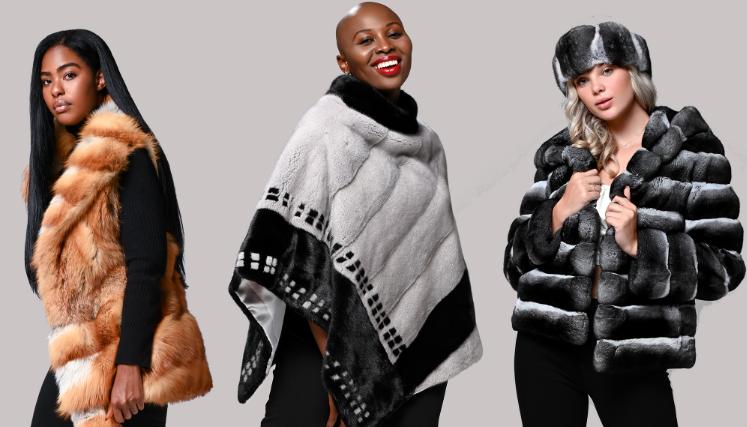
Fur & Leather
1. Fur
Luxuriously natural, fur offers a decadent touch, boasting unparalleled warmth and cozy comfort.
2. Artificial fur
Advantages:
Ethically sourced and remarkably versatile, artificial fur offers exceptional warmth with a luxuriously soft and plush feel. It boasts superior elasticity for a comfortable fit while remaining lightweight and resistant to wear and tear. Furthermore, it is moth-proof, easy to care for, and washable, making it a practical choice.
Disadvantages
However, artificial fur may not provide the same level of wind protection as some natural materials, and hair can be prone to shedding.
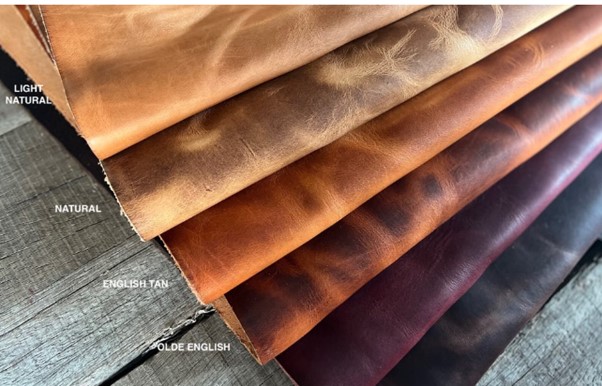
3. Natural leathers
Supple and resilient, natural leather offers superior water resistance and remarkable shape retention. While susceptible to shrinkage if not carefully dried, it is lauded for its chemical resistance and durability, ensuring long-lasting quality. However, natural leather can exhibit variations in size after processing, requiring skilled tailoring.
4. Artificial leathers
Delightfully soft and comfortable against the skin, artificial leather offers a stylish and versatile alternative. It boasts a pleasing aesthetic, providing surprising warmth while remaining breathable. Furthermore, it is resistant to moisture, moth-proof, and requires minimal ironing, maintaining its shape well.
Related Articles
A Discourse On The Merits And Demerits Of Common Fabrics – Ⅱ
A Discourse On The Merits And Demerits Of Common Fabrics – Ⅰ
